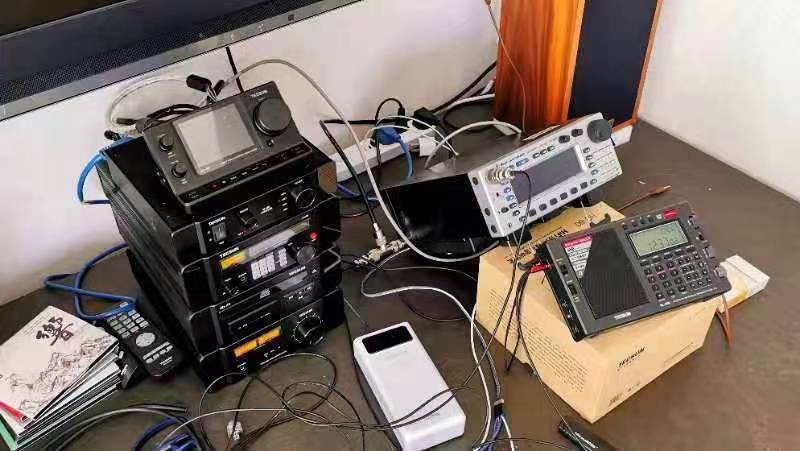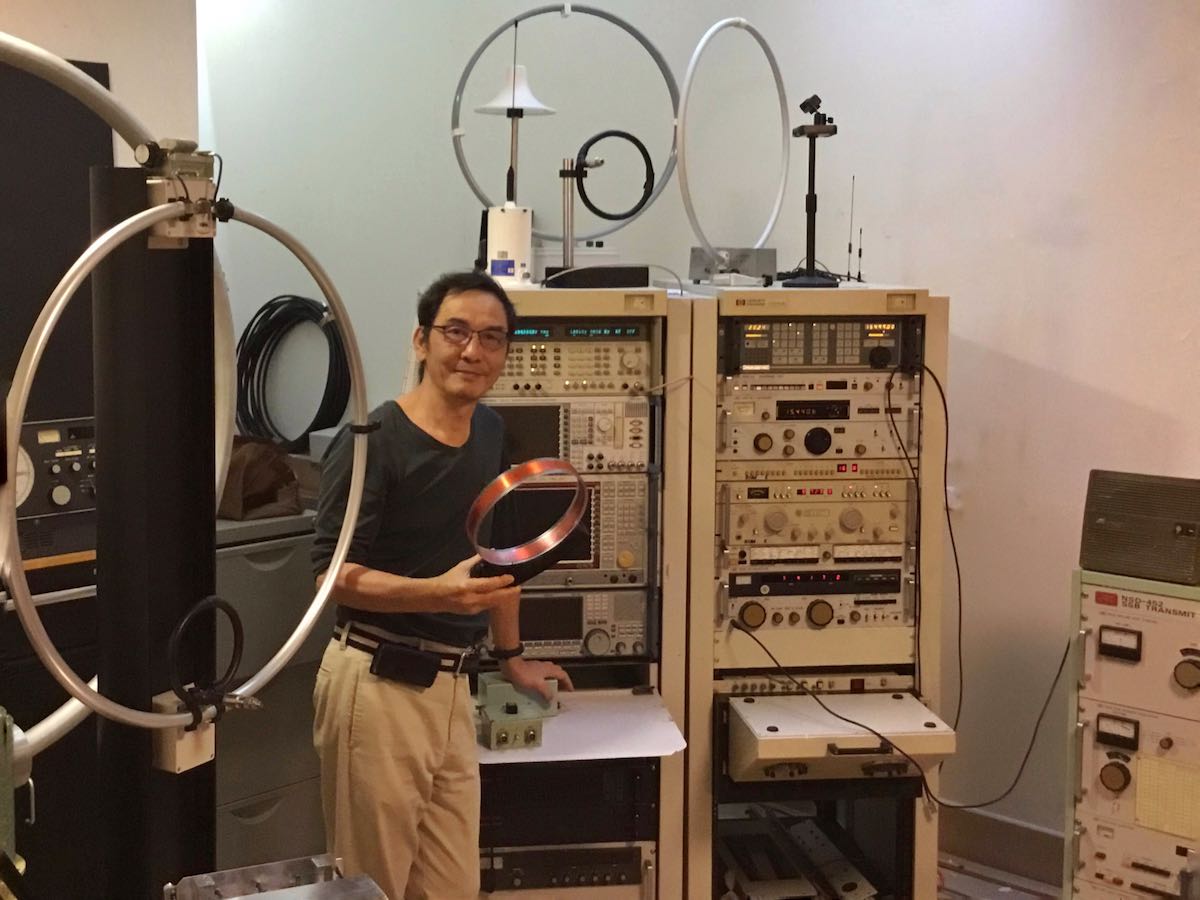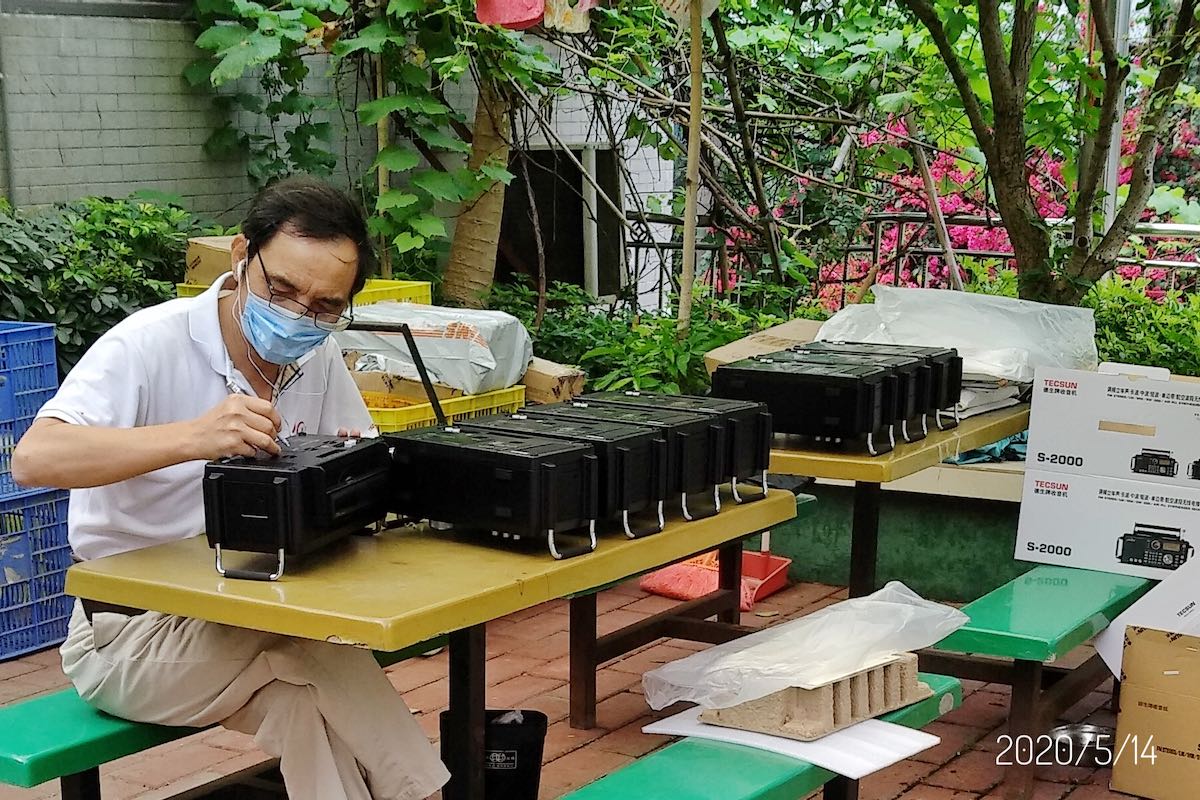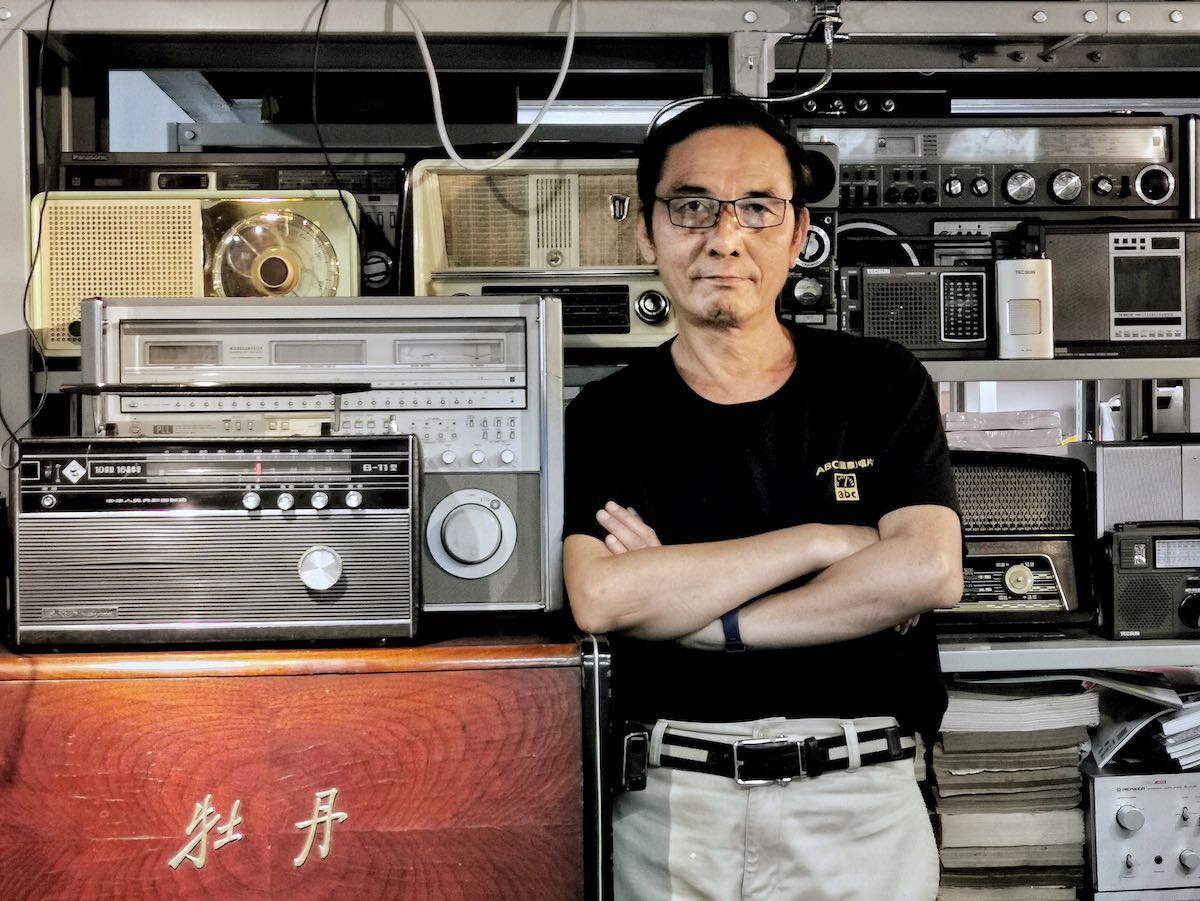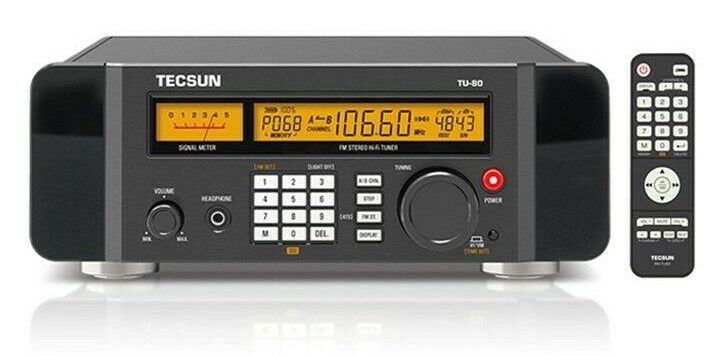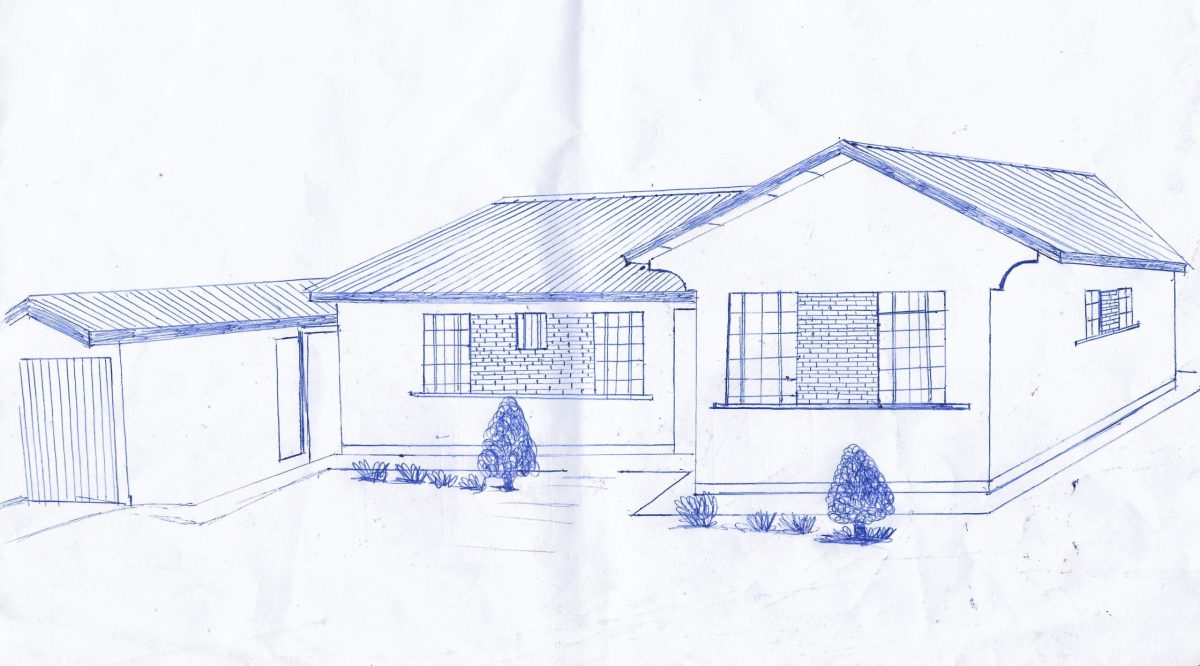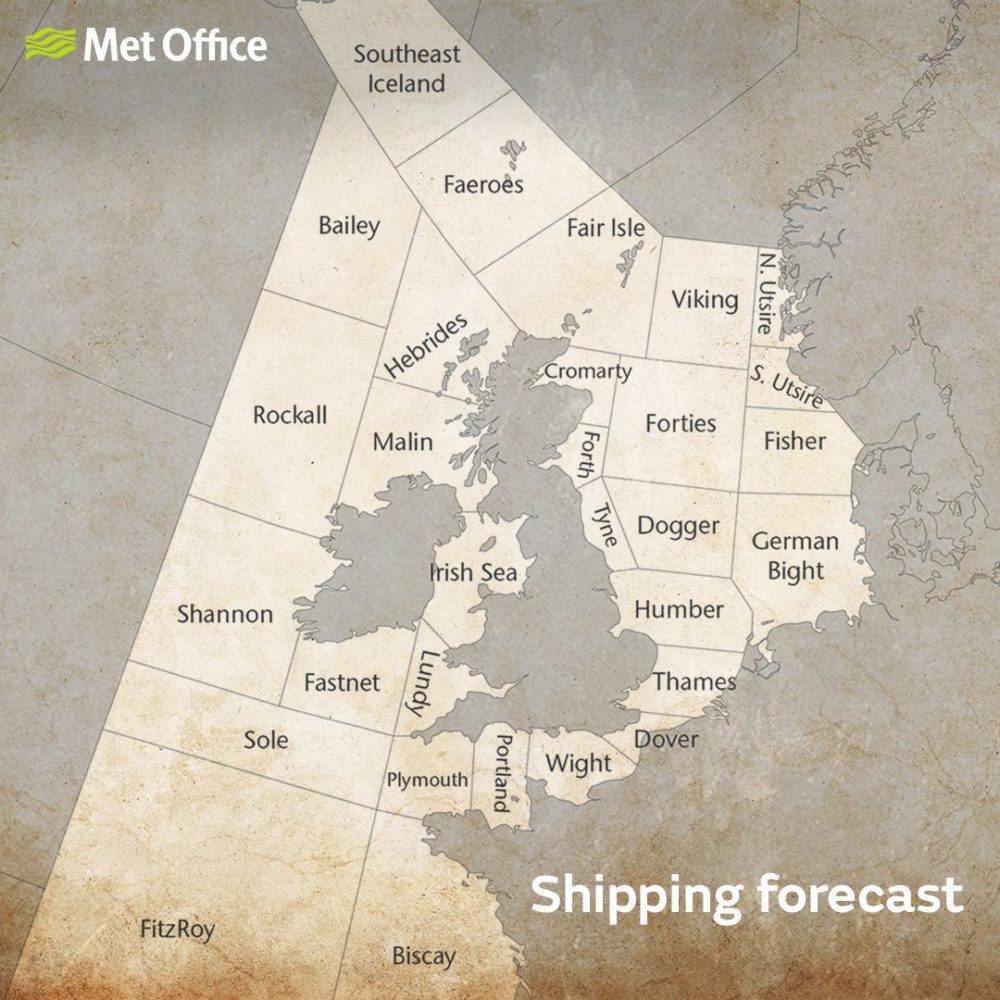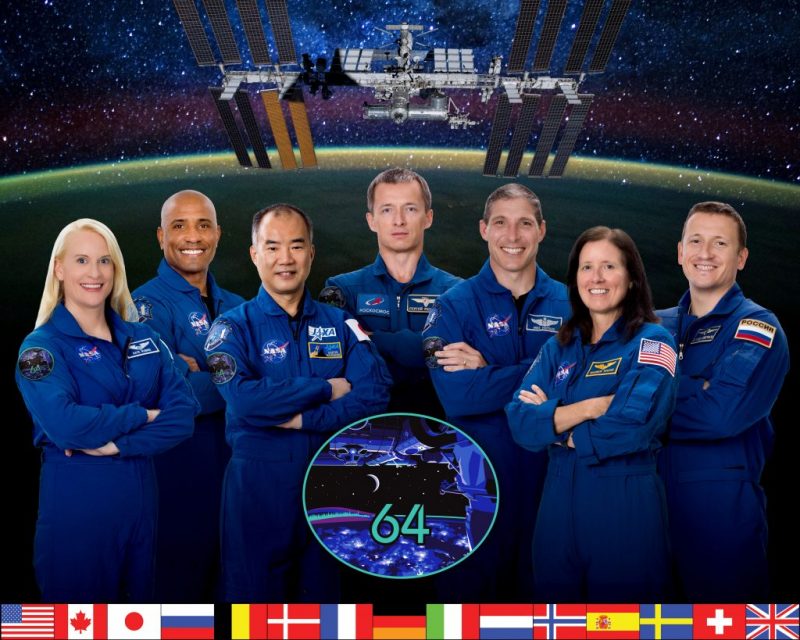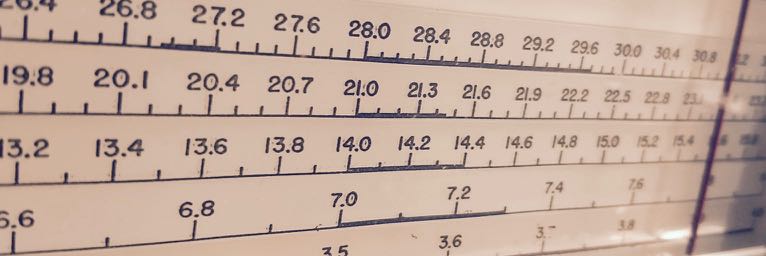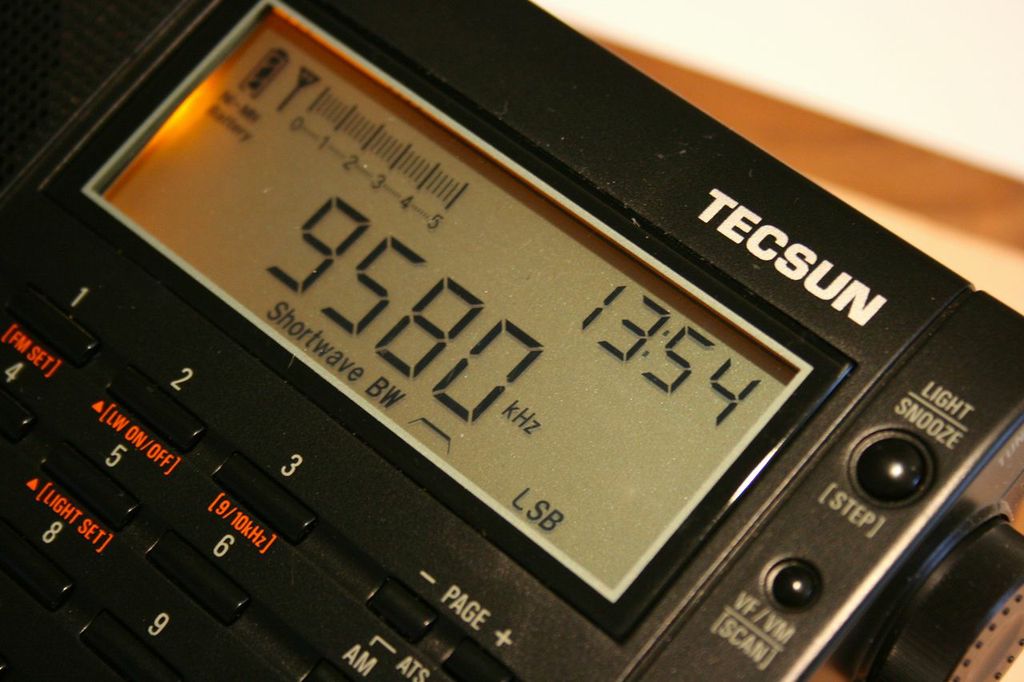 Many thanks to SWLing Post contributor, Rob Zingarelli, who shares the following guest post that originally appeared on his blog in October, 2020:
Many thanks to SWLing Post contributor, Rob Zingarelli, who shares the following guest post that originally appeared on his blog in October, 2020:
Shortwave Antenna: Vertical or Horizontal?
by Rob Zingarelli
This is a question that has circled around on the fringes of my consciousness for years now, but one that I’ve never quite found time to test. And it is a simple question: When using a random wire antenna with a portable shortwave receiver, is it better to string the wire vertically or horizontally, or does it even matter? Mostly this is a question when out camping, because arranging a 19′ wire vertically is usually a good bit more involved than just stringing it out along some nearby bushes.
Before going any farther, I want to point out that this is an exercise in ordinary backyard shortwave listening with relatively inexpensive equipment. There are many, many better-engineered and more costly solutions to the technical challenge of shortwave scanning, and this does not address any of those sophisticated approaches. This is for the person who opens up the box and wonders about the best way to hang the included long-wire auxiliary antenna.
Equipment: Tecsun PL-660 SW/AM/FM/Air Band receiver, with its included 19′ random-wire antenna. Internal battery power used.
Conditions & Time: Clear local weather. hamqsl.com’s nowcast of band conditions were fair from 3.5-14.35 MHz, and poor for higher frequencies, with SFI = 72, SN = 26, A = 5, K = 1. Time was 21:00-21:30 UTC, or 4-4:30 pm local CDT.
Procedure: Out in the backyard (typical residential neighborhood, well-spaced ~150′ between houses, above-ground power lines 125′ away), suspend random wire from ground to its full length. This was achieved using a length of paracord over a tree limb, with the tree trunk ~30′ from the radio’s location. With the PL-660’s antenna gain control set to “Normal” (i.e., the mid-setting of Local-Normal-DX) and the bandwidth set to narrow, use the receiver’s automatic scan function to see how many stations were received. Make notes of the number of transmissions detected, reception characteristics and quality, and any perceived noise levels. Re-orient the antenna to a low horizontal position, over two sawhorses approximately 3′ high (see picture), and repeat.
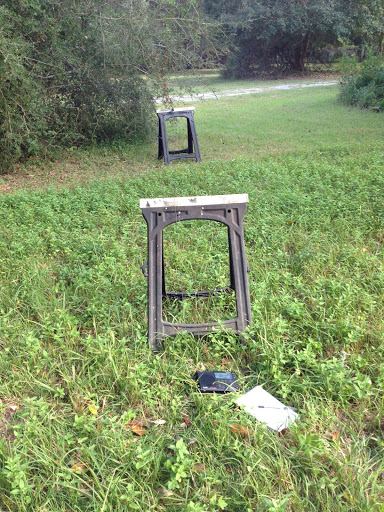
Sawhorses spaced ~17′ apart. Radio and notepad can be seen on ground in front of the near sawhorse.
Results: For the vertical antenna orientation, 32 stations were detected between 5959 – 15730 kHz. Nearly all were intelligible, with those at the lower end more steady and those a the higher end much more variable in strength. For the horizontal antenna orientation, 21 stations were detected between 9265 – 1570 kHz. Similar overall signal quality was heard for the received stations in either antenna orientation. More noise was noticeable at the lower frequencies between the stations for the vertical antenna orientation. However, this was significantly below the received signal levels, and not an issue in the overall listening quality.
Conclusions & Discussion: Suspending the wire antenna vertically worked better, especially at the lower frequencies. Getting a wire up 21’+ vertically is usually not as convenient as stringing it horizontally, but it may be worth the extra effort, depending on the location, campsite, nearby trees, etc. The overall conditions were typical for fall camping weather, with fair-to poor radio propagation conditions, so this result should be broadly applicable for how SW portables are often used. This result may change with propagation and radio noise conditions, both for atmospheric and local noise sources. Testing will continue as propagation conditions improve with solar cycle 25 getting underway.
——-
Addendum, 10/12/20: While writing this up yesterday evening, it occurred to me that I hadn’t tested the PL-660’s built-in whip antenna. This comparison is important, because sometimes the wire antenna is too cumbersome to deploy. So, how does the whip antenna compare?
Conditions & Time: Overall, very similar to yesterday. hamqsl.com reports fair conditions from 3.5–14.35 MHz, and poor for higher frequencies. SFI = 72, SN = 26, A = 3, K = 1. Same time of day as yesterday’s testing.
Procedure: Repeat of yesterday, with the whip antenna added to the test. The whip was oriented vertically.
Results: For the vertical 19′ wire, 31 stations were found by the auto-scan function between 2380 – 15770 kHZ. Electrical noise was low but audible in the 3 MHz region, fading to none at higher frequencies, and not a significant source of interference with any stations. For the horizontal wire, 15 stations were found between 9265 – 13630 kHz. Electrical noise was barely audible. With the whip in use only 1 station was found. Switching the antenna gain to its DX (most sensitive) setting, 6 stations were found.
Revised Conclusions: Adding to yesterday’s conclusions, the whip antenna functioned but was vastly inferior to the wire antenna in either configuration, even with the gain set to DX. Today’s results with the wire antenna were, unsurprisingly, very similar to yesterday’s, given that the ionospheric and weather conditions were nearly identical. Noise was not a factor in receiving for any of these antennas or configurations, but did noticeably increase for the vertical wire antenna.
Thank you for sharing this, Rob! It’s experiments like this that help us determine, especially, what antenna setups work at our own particular locations since RFI characteristics can vary so much. I’m guessing had your horizontal wire been elevated to even 20′ off the ground it might have produced better results, but sometimes this can be difficult to achieve. I like how you used the auto search function to determine the number of stations you could receive with each setup and it was a great addition to include the built-in telescoping whip.
Thank you again for sharing your results with us!
 Thanks for sharing these photos, Mei Tao. It’s evident that Mr. Liang is a proper radio enthusiast–he’s certainly a major innovator in the world of shortwave radio portables!
Thanks for sharing these photos, Mei Tao. It’s evident that Mr. Liang is a proper radio enthusiast–he’s certainly a major innovator in the world of shortwave radio portables!

